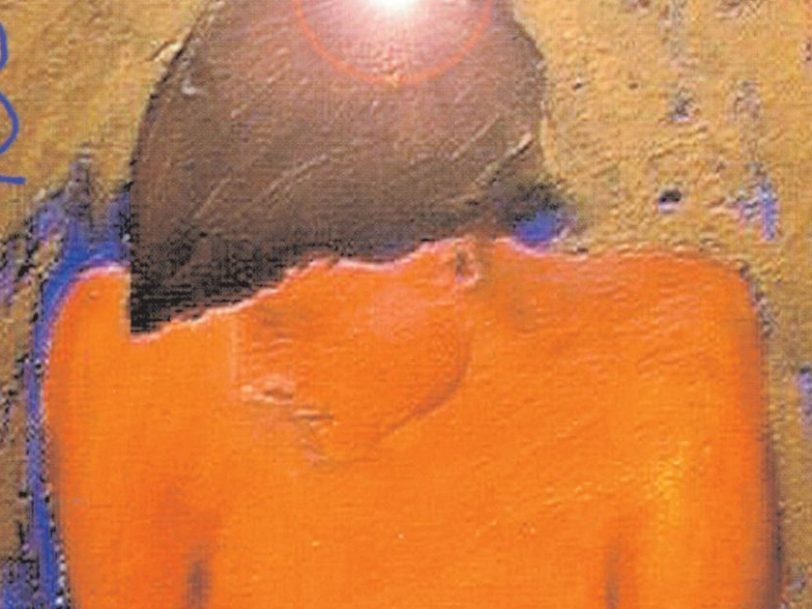For British culture, Blur had been as defining a part of the 90s as Trainspotting, Girl Power and TFI Friday. As they bowed out of the decade with their sixth album, 13, they also delivered a work that captured a new zeitgeist as it approached. Fractured, exploratory and painstakingly created from hours’ worth of recordings, 13 is the sound of the nascent digital era manifest in album form. It was also an intense journey across precarious emotional terrain at a moment of crisis for frontman Damon Albarn. Yet this, too, chimed with wider global anxieties about the “Y2K bug” and the approaching millennium.
Listen to ‘13’ here.
“My life was not right. Not in harmony”
Released two years earlier, in 1997, Blur’s self-titled album had forced a rethink of everything the group had become known for: Albarn’s lyrics took a more introspective turn, and the band’s music expanded to encompass influences from US alt-rock while also incorporating new working practices that found them recording songs piecemeal in the studio. Shaped by two external factors – a relationship breakup and a cutting-edge new producer – 13 would double down on this new creative process.
Like the music they would record over the latter half of 1998, Blur themselves had been pulling in different directions, with guitarist Graham Coxon’s debut solo album, The Sky Is Too High, further embracing his love of US indie-rock, and Albarn working in secret on a dubby mash-up of styles that would soon emerge as Gorillaz’s debut album.
- ‘13’: A Track-By-Track Guide To Every Song On Blur’s Classic Album
- Best Blur Albums: Their Studio Discography, Ranked And Reviewed
- ‘The Ballad Of Darren’: A Track-By-Track Guide To Blur’s Ninth Album
The latter came together in Albarn’s new flat – a place he shared with illustrator Jamie Hewlett, Gorillaz’s visual foil. Albarn had moved in with Hewlett since breaking up with Justine Frischmann, his longtime girlfriend and then lead singer with Elastica. “A lot of 13 stems from that period,” the singer told Blur biographer Stuart Maconie. “My life was not right. Not in harmony. Everything stems from your emotional life, and mine just wasn’t working at all. It was really dysfunctional. So I was misfiring everywhere.” Suffering from panic attacks, Albarn began working on a song whose lyrics would serve as a salve: “Tender is the day/The demons go away/Lord, I need to find/Someone who can heal my mind.”




